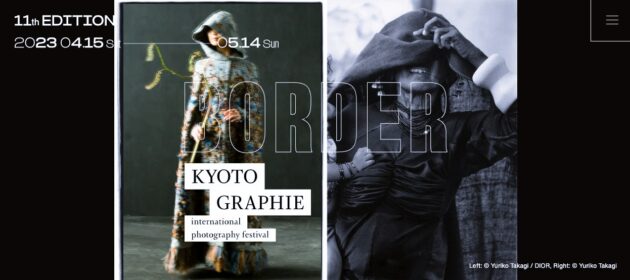
“Borders,” the theme of KYOTOGRAPHIE 2023, can’t help but bring to mind Japan’s history of self-imposed isolation as well as the fact that it was one of the first countries to close its borders during the three years of the pandemic and – seemingly reluctantly – one of the last to open up again. During this time, the photography festival steered nimbly between caution and overreaction, even changing from spring to autumn to ensure that the show went on, artists had the opportunity to keep working, and Japanese audiences to deepen connections, especially with last year’s moving commemoration of the 3/11 Fukushima Triple Disaster.
On a local level, in addition to the draw of the wide variety of world-class photo exhibitions, one of the pleasures of KYOTOGRAPHIE has always been the opportunity to explore Kyoto spaces that are not normally open even to longtime residents, and to appreciate the imaginative ways in which the exhibitions have been staged in them. This year, the number of main venues has expanded to 15, while their geography has contracted, presumably to accommodate the influx of day trippers and international visitors. At the same time, the number of KG+ satellite exhibitions in far-flung locations around town has increased to 92, in addition to the 10 KG+ Select and 9 Special exhibitions.
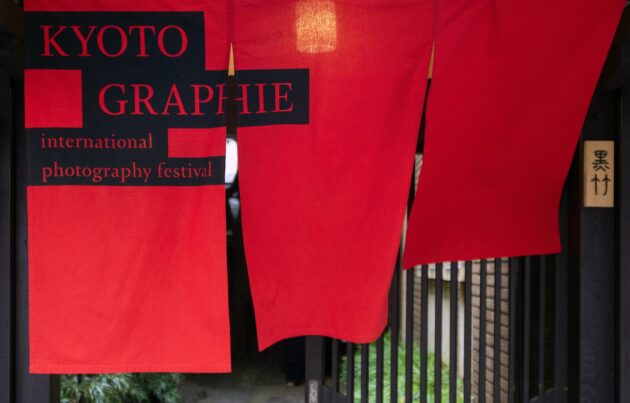
“Borders” comprises a broad selection of photographic approaches, from deeply personal expressions, to visual spectacles, to journalistic documents of the most contentious issues of the day. With this year`s simultaneously poetic and politically provocative title, this range is all the more appropriate. The act of drawing lines is in some ways an arbitrary one. Where is the demarcation between art and journalism? Is there a line at all? The most personal expressions of creativity have inherent political connotations by virtue of who creates the art, in what context, and how it is shown and interpreted. Likewise, images created with documentary intention can have deeper aesthetic power.
If one were to draw such a line, Cesar Dezfuli’s “Passengers” would fall clearly on the documentarian side of the spectrum. The Spanish journalist and photographer directly addresses one of the greatest and most controversial global issues of the 21st century: the migrants and refugees crossing international borders around the world. He documents the realities of their experiences and the way they are characterized and perceived in the media. In so many cases, migrants are simply numbers in the newspaper or data points in a UN report. They are only presented as human beings when they are victims of tragedy, as bodies washed up on the beach or recovered from the sea. Even then, they are little more than symbols, rarely named or given recognition as individuals. Dezfuli turns this distancing media perspective on its head by literally looking into the eyes of 118 migrants rescued from a small boat in the Mediterranean and photographing them, one by one. These portraits are presented in a round, boat-shaped display which floats in the middle of Sfera’s gallery space. In addition, the exhibition includes maps outlining the individual routes from Africa to Europe, family photographs, and other artifacts of the journeys including life jackets and nautical paraphernalia. In the 2nd stage of the project, Dezfuli has tracked down, interviewed, and again photographed his subjects, now living in Europe. The juxtaposition is striking – the first as exhausted refugees during one of the most difficult and harrowing experiences of their lives, and the second as seemingly average people leading their lives. Presenting the human face of a global crisis is worthwhile, but it is the ongoing nature of “Passengers” that raises it from a journalistic documentation to a powerful act of 21st-century storytelling. “News” in the traditional sense is a documentation of the extraordinary, but it takes on a heightened power in combination with the everyday lives of specific individuals.
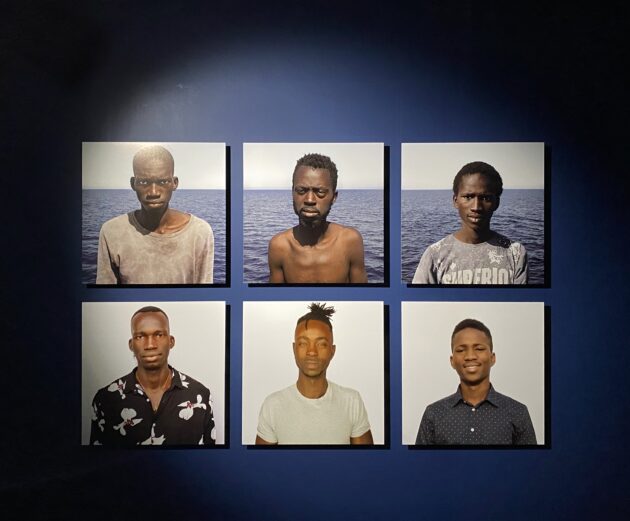
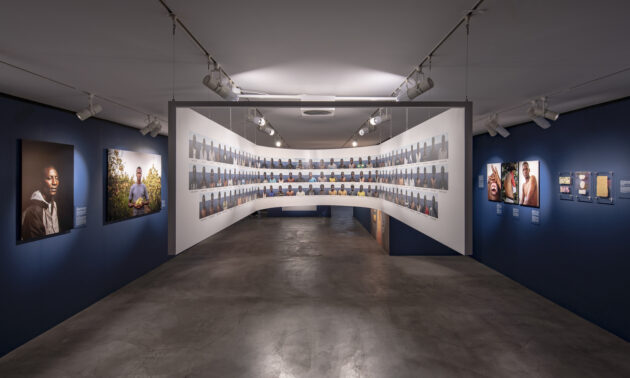
In a similar sense, journalists Paulo Woods and Arnaud Robert’s “Happy Pills” presents fascinating microcosms of a global phenomenon. Their vision of the world of modern, industrial pharmaceuticals is in turns hilarious and alarming. Starting with the fact that their native Switzerland is consistently rated as one of the ‘world’s happiest places’ and is at the same time the biggest consumer of antidepressants, this documentary project “follows the pills” by charting their effects, one medicine, one individual, one country at a time: steroids among bodybuilders in India, Viagra among gigolos in Italy, birth control (injections in this case) among teenage girls in Peru. The issue is comprehensively researched, and the space itself feels like walking into an immersive news magazine editorial, complete with infographics and images, even blister packs covering the walls and floors. Might there be a hint of Calvinist disapproval at all this human folly? Yet there is no denying that for the majority of people depicted, their pills are in fact bringing a kind of happiness, even if it’s not the “right” kind.
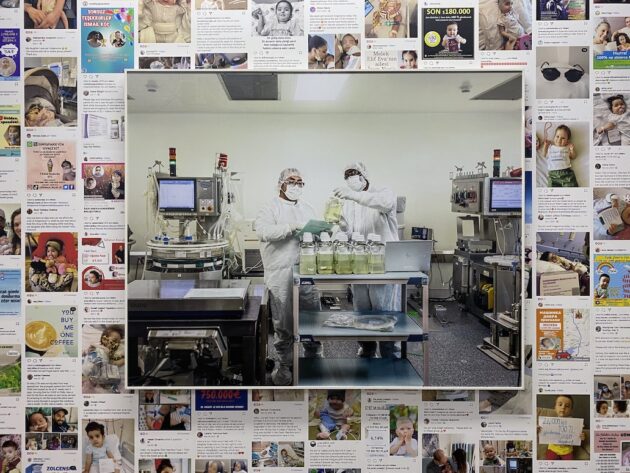
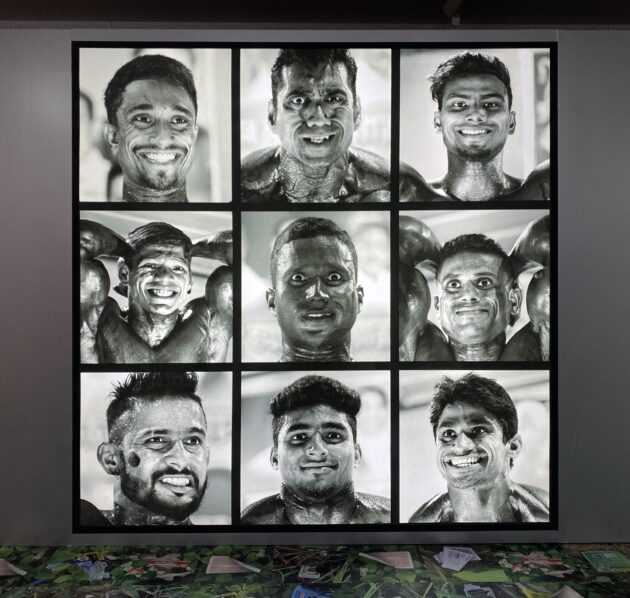
As part of the wave of Jamaican immigrants coming to Britain in the 1960’s, Dennis Morris addresses race, migration, and diaspora with charm and humor in “Colored Black” at Sekaisoko. Serving as a miniature retrospective of his career as a photographer of musicians and Caribbean-British culture, this contribution to the festival questions borders within a society, what it meant to be “colored” in British society, and what it means to be “black.” The highlight of the exhibition is the faithful recreation of a typical “front room,” including some of his more personal portraits from his home studio.
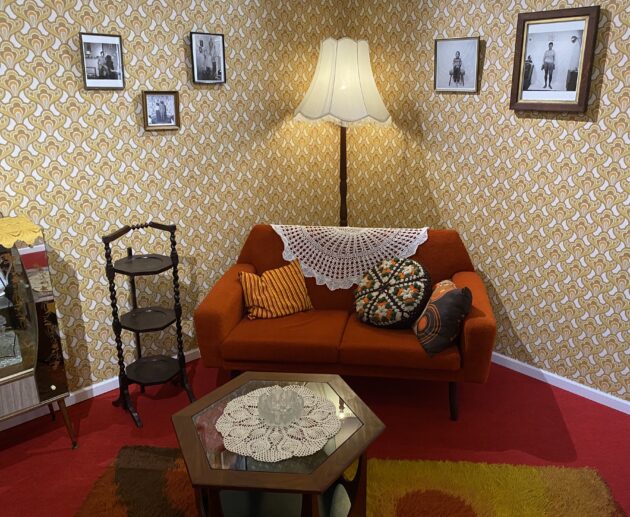
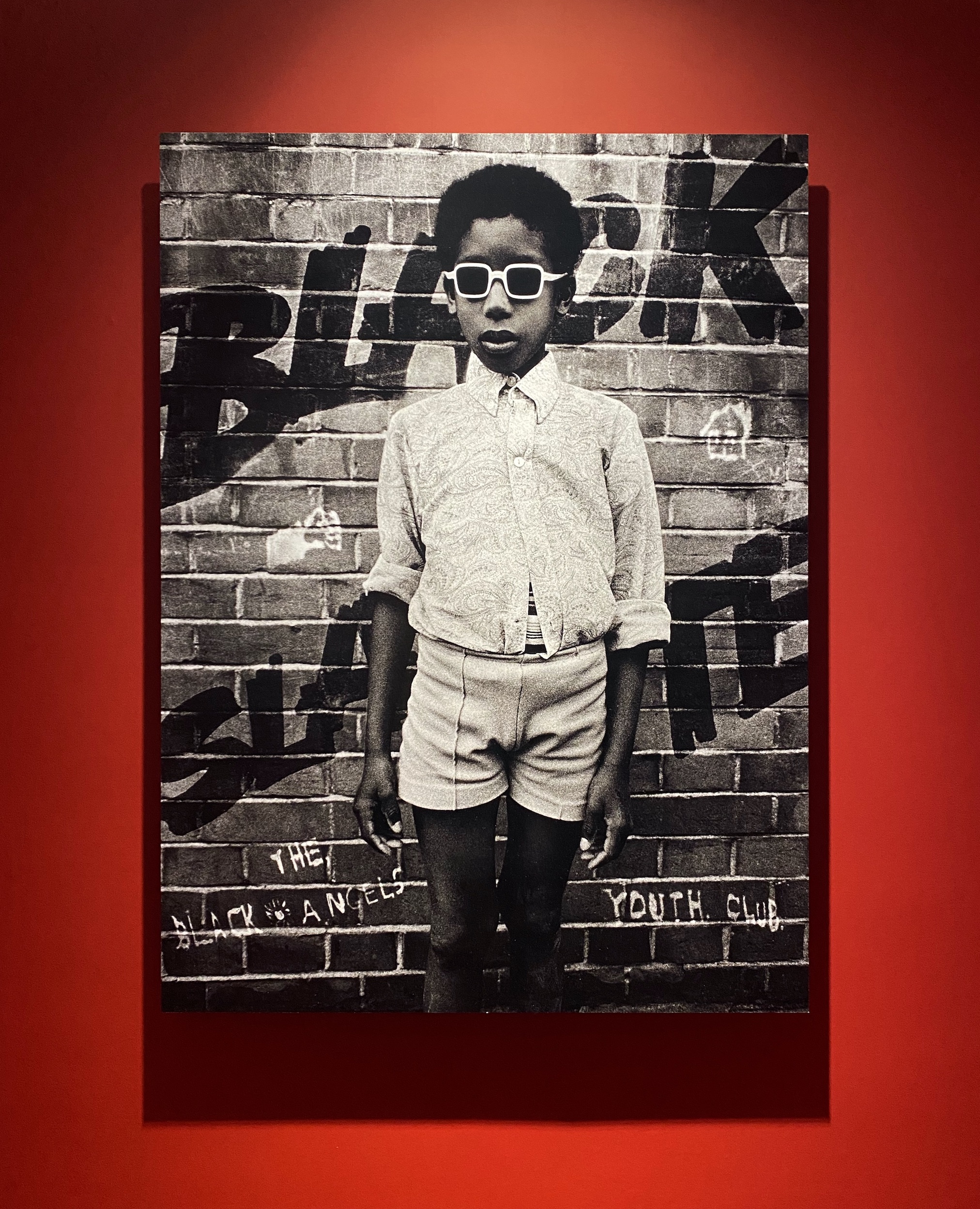
The gritty Fujii Daimaru Black Storage Space is the venue for one of the festival’s most highly-anticipated shows, “Yesterday’s Sandwich 1960s – 1970s” by leading Ukrainian photographer Boris Mikhailov. An engineer by training, Mikhailov was busted by the KGB and fired from his job for developing nude photos of his wife in the company darkroom, thus launching his career as a self-taught underground photographer. Amateurishly tossing slides on a bed, he found two had stuck together, superimposing their images. Pleased by the effect, he began sandwiching slides together on purpose, a process he calls “programmed accidentality.” While the combinations depict the unreality of life in Ukraine under the Soviet regime, the frequent recurrence of nude women and sausages manages nevertheless to convey a sense of hopefulness. Curated by Simon Baker, the 10-minute slideshow is projected on a large screen and accompanied by Pink Floyd’s Dark Side of the Moon (1973), which for Mikhailov represents “exaggerations of beauty” and “a lost paradise.”
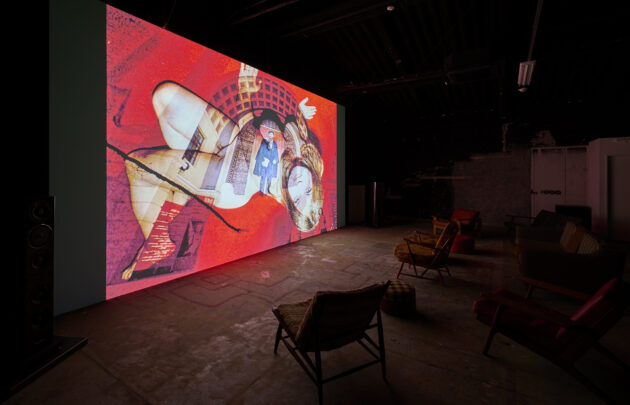
Pushing further into the borderlands between objective and subjective, we come to Kazuhiko Matsumura’s “Heartstrings,” one of the most impressive yet understated contributions to the festival. Matsumura, a longtime photographer with the Kyoto Shimbun newspaper and winner of last year’s KG+ SELECT, endeavors to give a sense of the experience of dementia. We follow a single thread from room to room, encountering uncanny installations which are elegantly incorporated into the architectural elements of the house itself – snippets of a couple’s conversation projected on the tabletop, landscapes in the closet, and dreamlike images fluttering outside the windows. The connecting thread leads us through the life of a couple disconnected by dementia: the wife who imagines her husband to be her father, and the husband who then heartbreakingly begins to play the part. The combination of Matsumura’s journalistic eye for detail and Yumi Goto’s sensitive curation effectively conveys both the isolation and intimacy of these couples. The choice of the beautifully preserved Kyo-machiya, Hachiku-an, a former family residence, further complements the theme.
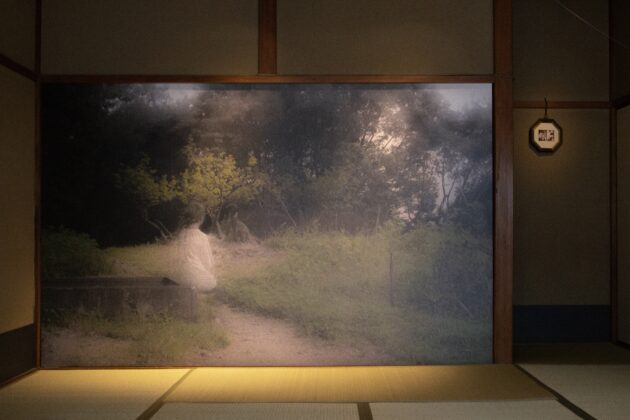
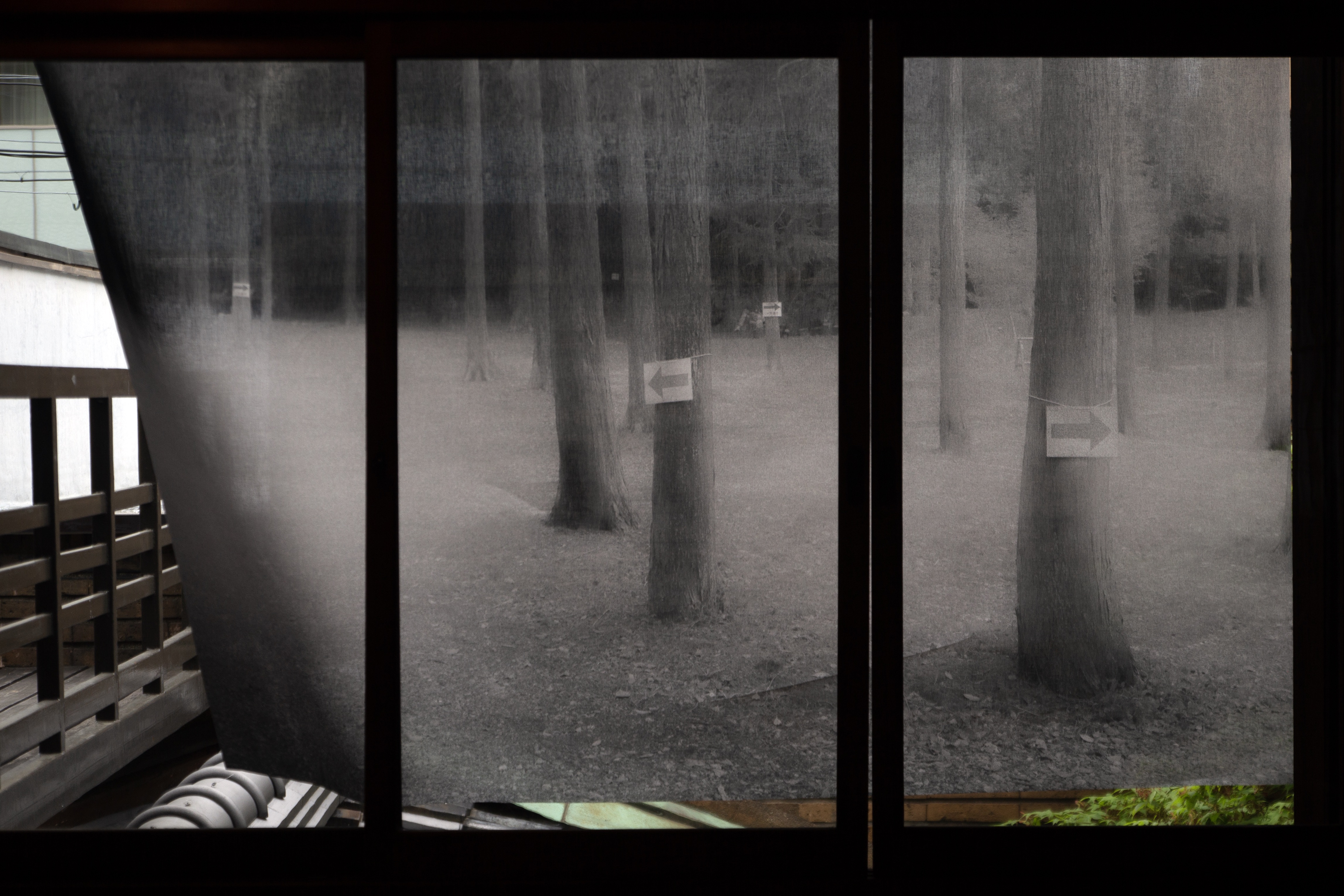
Ivorian photographer Joana Choumali is deeply inspired by the atmosphere of dawn, and captures the scenes and passersby of her long walks in the first light of the morning. She describes the experience of the scenery around her overlapping with memories to create a kind inner landscape. In order to convey the blended quality of her matutinal reveries, she combines her street photography with multimedia elements, cutting out and sewing the images into new painted landscapes. Her subjects then become characters in new stories of her own.
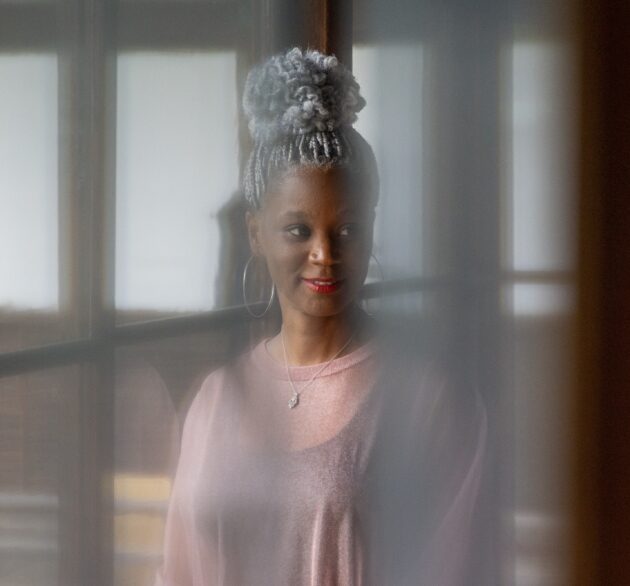
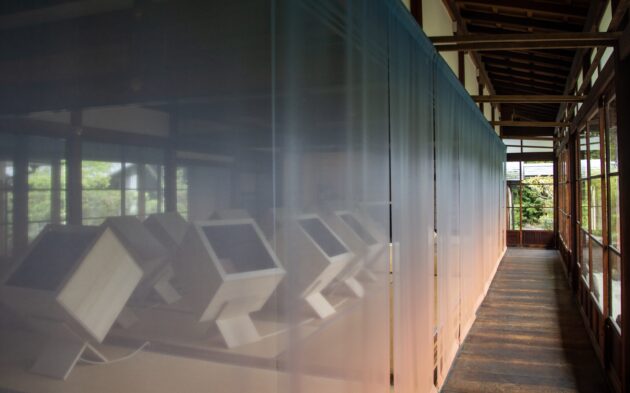
Upon entering Roger Eberhard`s “Escapism” at Shimadai Gallery, we have now clearly crossed into the world of pop-art and visual spectacle. Taking a bit of ephemera from our plastic, capitalist, disposable culture, Eberhard zooms in, blows up, and elevates his subject to the scale of grand landscapes. According to the photographer, before the advent of social media, the illustrations of landscapes, monuments, and famous people printed on the lids of the plastic capsules of (real) cream that accompany coffee orders in Switzerland, were prized as “the poor man’s collectible,” as well as for indulging escapist fantasies, a function that they regained when travel was restricted during the pandemic. The main room of Shimadai is hung with the various landscapes depicted on the capsules, with the Matterhorn occupying pride of place, along with Mt. Fuji. The United States is represented by the Painted Desert and an image of cactus. China does not appear. The mirrored floor of the kura space reflects images of distant galaxies, while a smaller inner room contains examples of the tiny plastic capsules themselves. Starting with such a tiny source of inspiration, Eberhard’s images play with the fundamental building blocks of vision. Half-tone dots, the analog equivalent of the digital pixel, are usually printed so small that they are invisible to the naked eye. Seen here at a giant scale, they seem to float and shift from the near microscopic to the vast and majestic, and back again.
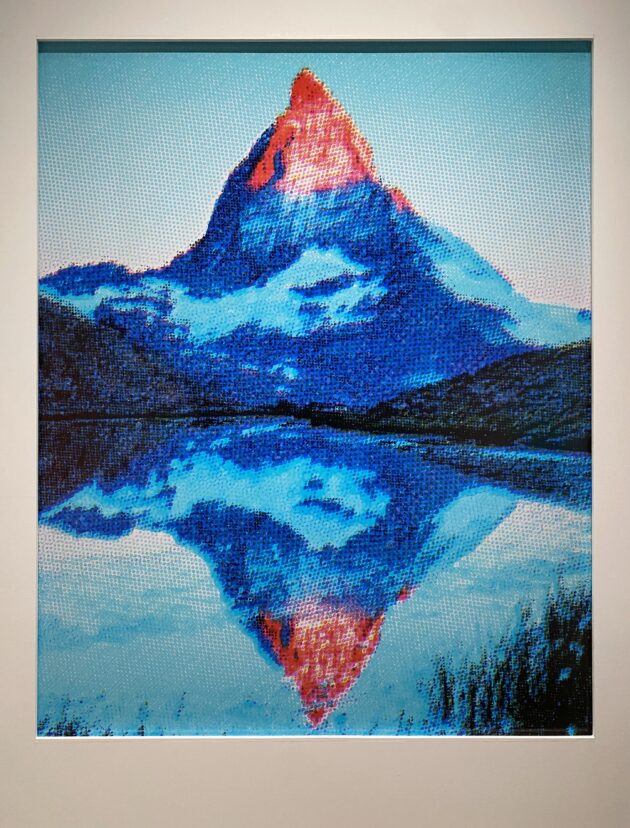
Coco Capitán spent two months last autumn as a Kyotographie artist-in-residence. The results can be seen at three venues: Asphodel, Onishi Seiwemon Museum, and Komyo-in Temple, where she brings a fashion photographer’s eye to skateboarders, trainee monks, apprentice maiko, and the scions of various Kyoto artisan families, including the proprietors of the Onishi Seiwemon museum. As the mother of the latter observes: “the most hard-to-cross border is the one between the generations.” It is perhaps for this reason that these particular subjects might have more power if exhibited overseas.
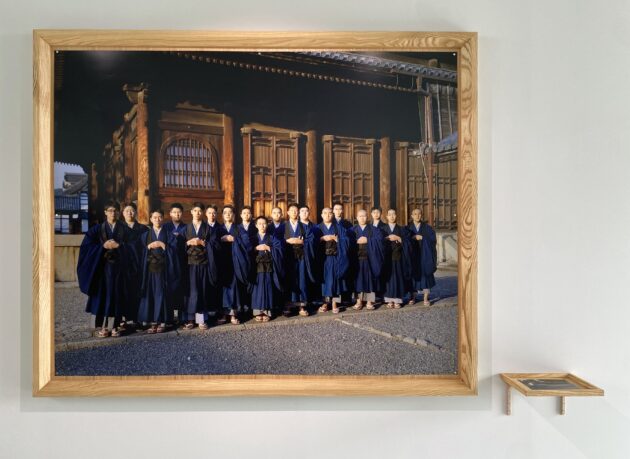
In “Parallel World,” Japanese fashion photographer Takagi Yuriko, whose works also appear in the Tokyo exhibition, “Christian Dior, Designer of Dreams,” juxtaposes fashion shots of models in Dior couture with photographs of tribal peoples wearing elaborate traditional dress, drawing a parallel between the hand-sewn, hand-embroidered, elaborately embellished garments that are characteristic of both haute couture and traditional clothes. In fact, the people in the societies that Takagi studies wear their exquisite creations as their everyday attire, not just to parties and on the red carpet. The other part of the exhibition showcases 40 years of Takagi’s photographic career. Dior’s entry into the field promises to bring the festival to a whole new level. As evidenced by last year’s Irving Penn exhibition, Dior has access to vast resources and je ne sais quoi. Originally intended to be held in the vast underground space formerly occupied by the Kyoto Shimbun printing plant, the exhibition’s location in two of Nijo Castle’s kitchen spaces, the Daidokoro and Okiyodokoro, is elegantly staged by Paris-based architect Tane Tsuyoshi.
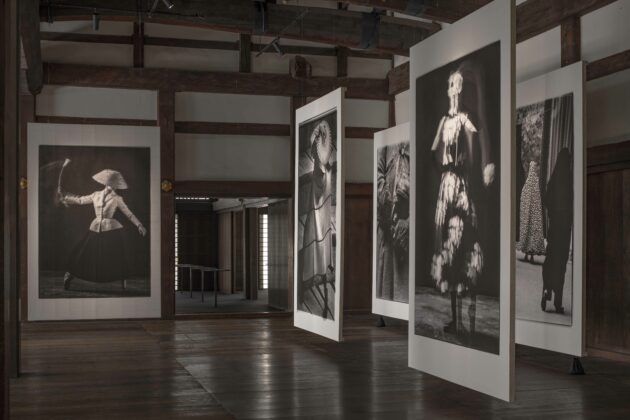
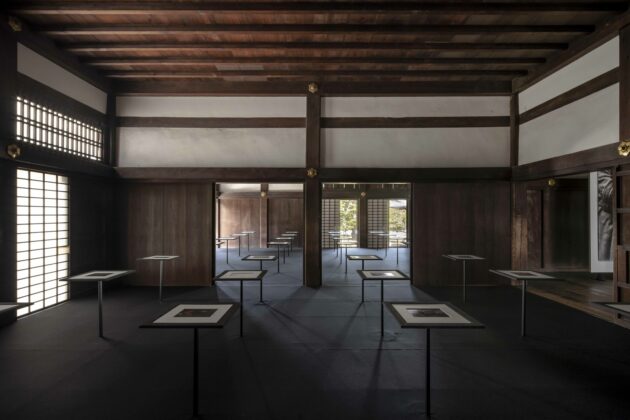
In its combination of unique locations, thoughtful scenography, and world-class photography, Kyotographie is a stand-out among the world’s great photography festivals. The care given to the curation of each of the main exhibitions is reflected in the inclusion of the scenography as its own separate booklet within the festival catalog. As the sacred city of the emperor, Kyoto has been a closed city for much of its history, with Gosho being a city within the city, which itself then circumscribes the Imperial Palace. Remnants of the city’s border wall, the Odoi, can still be glimpsed today. Now entering its second decade, Kyotographie continues to break down barriers within Kyoto and connect it to the global conversation.
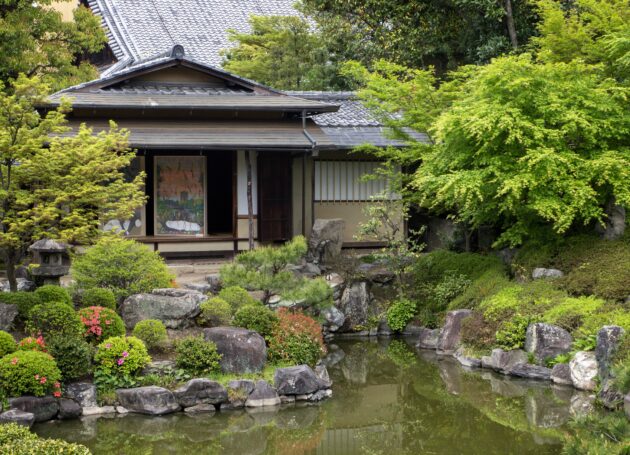

Susan Pavloska is KJ’s Associate Editor and a board member.
Lane Diko is a Kyoto-based photographer whose work often appears in KJ.